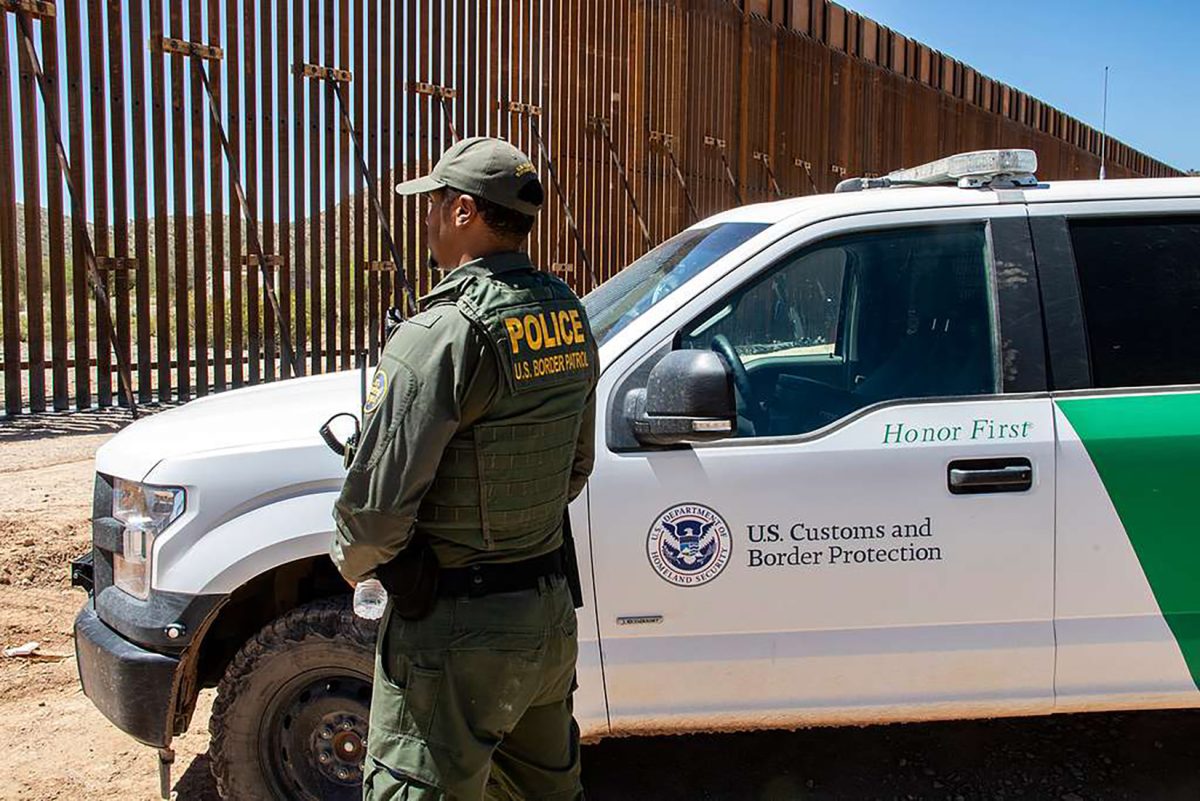The Tren de Aragua or “Aragua Train” emerged in the Tocorón prison in Aragua, Venezuela around 2012 and is led by Héctor Rustherford Guerrero Flores or better known as “Niño Guerrero.” The gang expanded to several Latin American countries including Colombia, Peru, Brazil, Chile, Bolivia and Ecuador. Most recently, the group has made their way across the border into the United States.
Tren de Aragua took control of the Tocorón prison due to Venezuela’s government handing control to “Pranes,” the crime bosses. This freedom allowed the gang to spread their influence on the outside world by taking over nearby neighborhoods and forming alliances with smaller gangs; eventually expanding to at least five Venezuelan states.
According to Ammon Blair, a former Border Patrol agent who spent 10 and a half years on the force and has done intelligence analysis on national security threats appearing from the border, the Trend de Aragua has violent tactics used by the gang within the prison and in different cells of the organization.
“They are specifically known for their violence and their extorsion,” Blair said. “Meaning if you don’t pay your tax, he (Guerrero) first shoots your wrist, if you don’t pay it again, he shoots you in the ankle, if you mess up and don’t pay it again, you’re dead.”
In 2018, The gang targeted fellow Venezuelan’s who were migrating to different countries to escape economic and political crisis. Using this tactic, between 2018 and 2023, the Tren de Aragua has been able to expand by following and exploiting Venezuelan migrants, which led them to the U.S.
Blair shares how the gang has three phases to creating transnational ties. The first phase is the exploration phase where they exploit migrants going to other countries. The second phase is known as the penetration phase where they enter local criminal economies and clash with local gangs.
The last phase is consolidation face, and this is when they’re established in certain regions, and begin to develop sophisticated money laundering schemes, start corrupting local security forces and peruse rival gangs.
Blair says based on the recent happenings, the gang is in phase two in the U.S. with New York, Chicago, Boston and Dallas being the target cities. They are targeting migrant shelters and sending mass messages offering money and protection and posting graphic videos of execution, torture and murder to show their power against rival gangs.
According to Angella Villón, the president of the Sex Workers Movement of Peru, one these videos, depicted the murder of trans sex worker Rubi Ferrer. Following Ferrer’s death, came the death of Priscila Aguado and six other women.
Additionally, Blair shared that the gang was not on the Department of Homeland’s radar and saw it as a Venezuela problem or South American problem.
This means that if a Tren de Aragua member comes through the border, they may be able to enter as they will have no criminal record. The only way Border Patrol agents may be able to identify a member is through tattoos, but members either hide them or do not get the tattoo until they have entered the U.S.
Blair shares how law enforcement have only recently started getting involved and the message they have for local communities.
“The only way to try and mitigate this is leaders in the Venezuelan community getting together with local PD and establishing a neighborhood watch and a system of direct access with law enforcement,” Blair said. “A call to action will have to be from Hispanic communities rising whether that is local or in politics, getting together with state legislatures, council men and women and state representees. You just need a nationwide awareness of this transnational criminal organization.”
With a large Venezuelan migrant population currently in El Paso, there is an elevated risk and Blair believes there is a need for concern over Tren de Aragua.
“We know that the cartels exist, but the problem is they want the borders open, so they are going to shy away from violence because they need to move narcotics however these guys (Trend de Aragua) don’t care,” Blair said “They operate different than the cartels they are super hyper violent, and they work in the immigrant communities, so all these Hispanic communities, immigrant communities are their number one target, 100% border communities have to be concerned.”
Ximena Cordero is a staff reporter and may be reached at [email protected]







